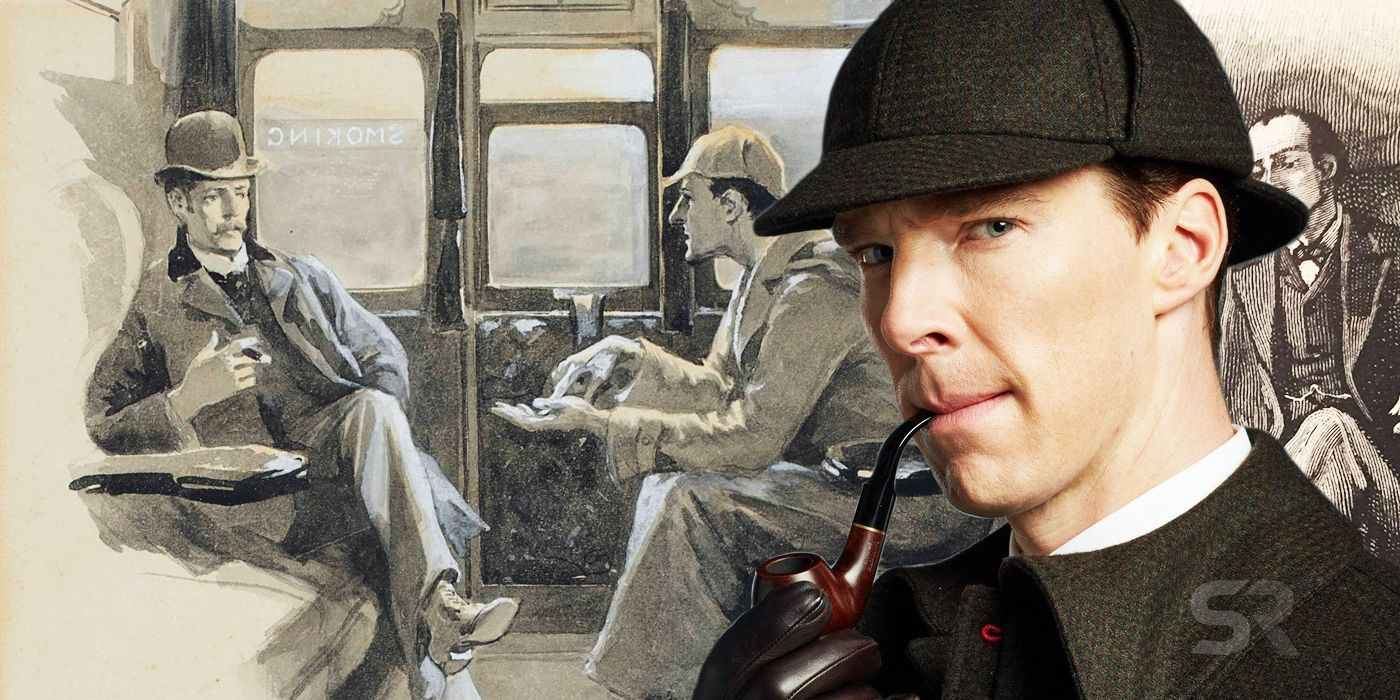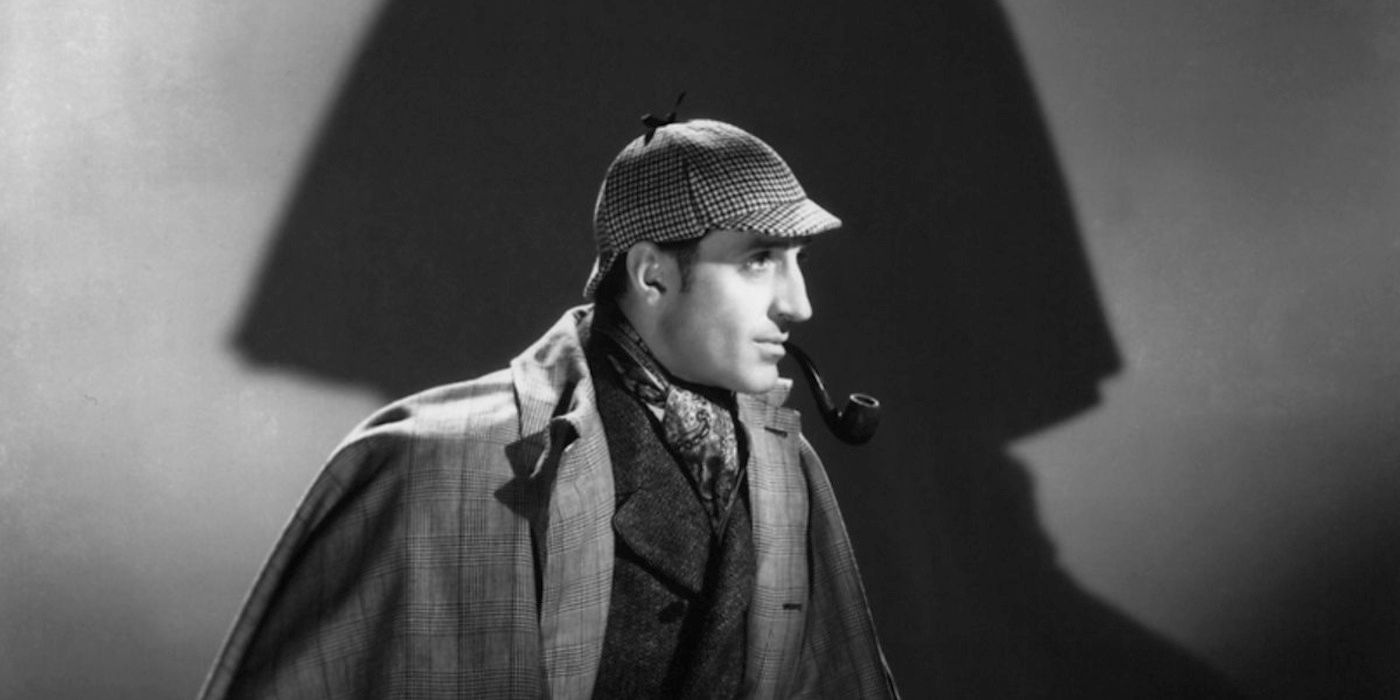
Sherlock Holmes is one of the best-known literary figures of all time, and the many stage, film, and TV adaptations he has gotten in over a hundred years have played a big role in expanding his popularity, but they have also left some misbeliefs about the character – here are all those characteristics and quotes everyone knows but are not part of canon. Created by Sir Arthur Conan Doyle, Sherlock Holmes first appeared in the novel A Study In Scarlet, published in 1887, and became very popular thanks to a series of short stories published in The Strand Magazine, beginning with “A Scandal in Bohemia” in 1891.
In total, there are four novels (A Study In Scarlet, The Sign of the Four, The Hound of the Baskervilles, and The Valley of Fear) and 56 short stories, forming what’s known as the "Sherlock Holmes canon”, as there are a lot of works from other authors using the characters created by Conan Doyle. The Great Detective has also been adapted to other media various times – from comic books to radio series, though it’s best known for its stage, film, and TV versions, especially the most modern ones, such as Guy Ritchie’s films and BBC’s series Sherlock.
Of course, not all of these adaptations have been totally faithful to the source material, and every writer has taken their liberties with the stories, either adding characters and scenes, or changing certain elements to better fit their style. While that’s not bad as they have all given the character and its universe their unique touch, they have left many details that the audience believes are part of the Sherlock Holmes canon, when they actually aren’t.

One of the most quoted and iconic aspects of Sherlock Holmes is the phrase “Elementary, my dear Watson”, which has been included in many TV shows and films, but as it turns out, he never said that in any of the sixty stories by Conan Doyle. Holmes did say “elementary” a couple of times and occasionally called his friend “my dear Watson”, but never both in the same sentence. The closest there is to it can be found in “The Adventure of the Crooked Man”, where after explaining a deduction, Watson says “excellent”, with Sherlock replying “elementary”, and also the phrase “exactly, my dear Watson”, which he said in three different stories.
The origin of the “elementary” quote is unclear, but it’s generally assumed that it was William Gillette the one who came up with it in his 1899 play Sherlock Holmes, with the phrase “Oh, this is elementary, my dear fellow”. Gillette is also credited with popularizing another misbelief about Sherlock Holmes, this one related to his attire: the deerstalker hat and the crooked pipe. The hat first appeared in one of Sidney Paget’s illustrations for the novels, for a case in which Sherlock and Watson went into the country. In the 19th century, the deerstalker hat was country wear only, but many versions of the character have him wearing it at all times. In the stories, however, he didn’t wear a deerstalker hat (if anything, he wore a regular hat or top hat), and Paget’s daughter once said he gave Holmes this particular hat because he “hunted for criminals”. As for the pipe, it’s believed it was used to make Gillette’s face easier to see on stage.
Last but not least, another common misbelief about the Great Detective is that he had a drug problem. While he did turn to drugs from time to time, mostly when he had no new cases and got bored, it wasn’t an addiction per se, contrary to how many films and TV shows have portrayed him. Instead, it can be argued that Holmes was actually a workaholic. Other elements that have been fabricated by modern versions are a third Holmes brother and even a sister, when in fact the only brother he had was Mycroft. As mentioned above, there’s nothing wrong with adding new things to a character like Sherlock Holmes, and when in doubt, the books will always be there.
from ScreenRant - Feed https://ift.tt/2VKUG8h

0 Comments